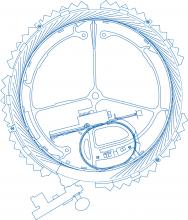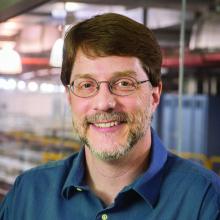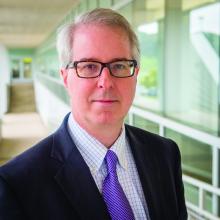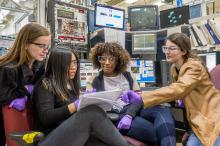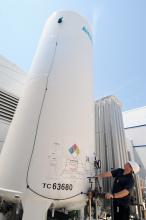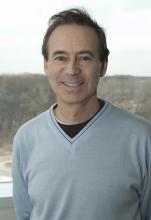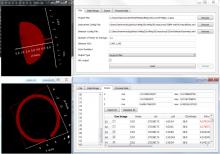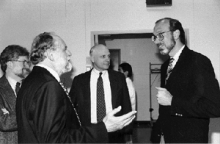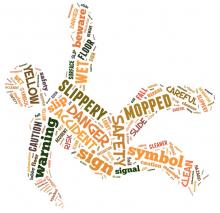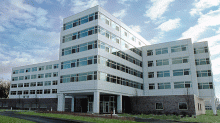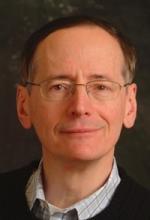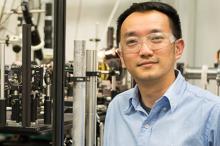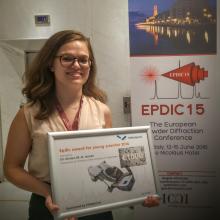2016
With the selection of nine exceptional beamline proposals, announced on July 20, the APS Upgrade Project has taken an important step toward our goal of making the Advanced Photon Source the most technologically advanced and productive hard x-ray lightsource the world has ever seen.
These Director’s Corners are usually an opportunity to share good news (and there is plenty of that; see Stuart Henderson’s APS Upgrade report for news on BESAC prioritization of the Upgrade). But this time I would like to concentrate on safety, because nothing – nothing – is more important than the safety of our users, resident users, and staff.
A new study by researchers using the APS reveals the molecular structure of a protein produced by the Zika virus thought to be involved in the virus's reproduction and with the immune system.
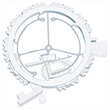
In order to document consistent start and end dates for all users, an important programming effort impacts several aspects of a user’s experience, including site access.

What are user agreements? How do they affect users? What are the differences between the types of agreements? How are agreements administered? This information will help answer those questions.
It’s hard to believe that this year is already half over. The past six months have seen a whirlwind of activity and accomplishment here at the APS Upgrade Project.
The experimental facilities of a typical high school physics classroom don't usually include a synchrotron.
The upgrade of APS liquid nitrogen distribution system (LNDS) is almost complete, making it more robust than it has ever been and further improving the availability of x-rays to APS users.
After six years of service as Director of the Accelerator Systems Division at the APS, Sasha Zholents has asked to transition from his management role to a full-time research role.
John P. Connolly joined the Argonne Photon Sciences Directorate as Division Director of the APS Engineering Support (AES) Division as of March 14, 2016.
The impressive variety of world-leading techniques performed at the APS coupled with the facility’s diverse user-base naturally leads to a demand for a variety of different software tools.
Edward A. Stern, Professor Emeritus, University of Washington, and founding Director of the Pacific Northwest Consortium Collaborative Access Team at Sector 20 of the APS, passed away on May 17, 2016.
Here are four easy ways to reduce the likelihood that you will have a serious slip, trip, or fall.

An internal review of first-generation personnel safety systems at the APS resulted in an upgrade path for the 44 beamlines utilizing the generation 1 systems.
The Argonne Guest House will be closed beginning on August 29, 2016; the Restaurant will close beginning on August 30. Both will reopen on September 5, 2016.
APS user Tobin J. Marks (Northwestern U.) was selected as the 2017 winner of the Priestley Medal, the American Chemical Society’s highest honor.
Haidan Wen of the APS received a DOE Early Career Award, which bolster the nation’s scientific workforce by providing support to exceptional researchers during the crucial early career years.
The 2016 APSUO Rosalind Franklin Young Investigator Award went to APS user Ling Li (Harvard U.) for developing a fundamental understanding of the design of biological materials.
What are the underlying causes for an unusual increase in pulmonary disease in U.S. soldiers returning from military service in the Middle East?
APS user Kirsten Jensen (U. Copenhagen) given the European Powder Diffraction Conference Award for Young Scientists.

